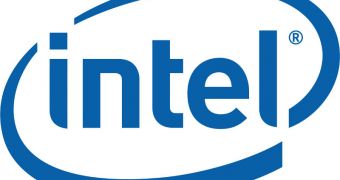Intel's Romley platform, which is set to launch in the second half of this year and features Intel's upcoming Sandy Bridge-E series CPUs and the company's Patsburg chipset, will be available in two different versions, supporting both LGA-1356 and LGA-2011 Xeon processors.
The main difference between the two editions of the platform will be the number of memory channels supported and the PCI Express lane count.
According to the SemiAccurate website, the LGA-1356 platform supports triple channel memory and is compatible with Sandy Bridge EN processors while LGA-2011 features quad channel memory support and is compatible with the Sandy Bridge EP CPUs.
The number of memory modules per slot supported is also different, as LGA-1356 accepts only two sticks per channel while its older brother allows a maximum of three DIMMs to be installed on each of the quad channels available.
In addition, LGA-2011 provides up to 40 PCI Express 3.0 lanes per CPU, a major upgrade compared to the 24 lanes supported by EN series processors.
Both EN and EP processors can feature up to eight processing cores (16 computing threads), have as much as 2.5MB of shared L3 cache per core and a maximum TDP of 95W.
The most energy efficient processors in the EN line consume only 45W, while their EP counterparts start at 50W.
As mentioned earlier, Sandy Bridge-E series processors are supported by the Patsburg chipset that we detailed a while back.
One of the most puzzling features of this chipset will be the ONFi NAND flash memory interface, which could be used for integrating a small amount of on-board Flash memory for an yet undisclosed purpose, although nothing is certain at this time.
As far as performance is concerned, the new platform is expected to be 20 percent better than the previous generation, but details are scarce at this time.

 14 DAY TRIAL //
14 DAY TRIAL //